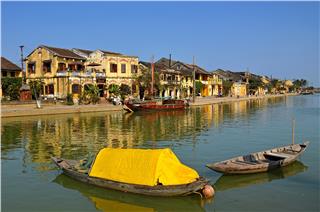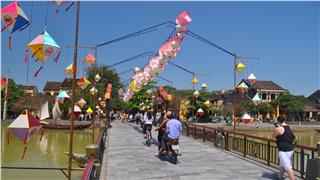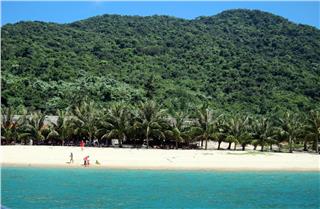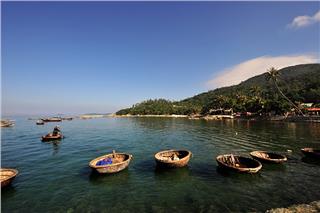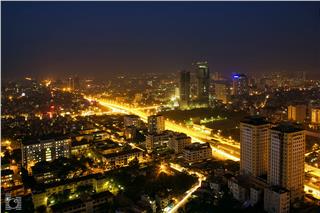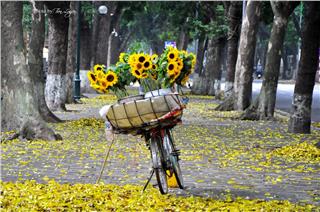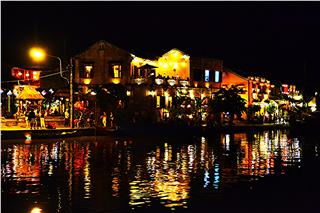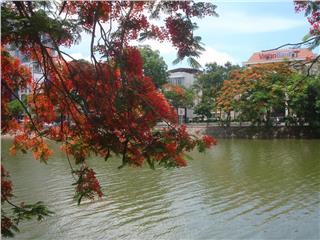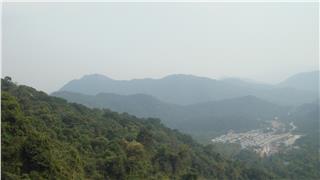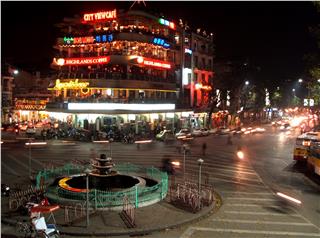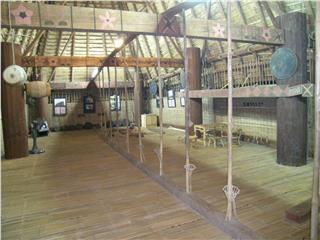Discovery of Cham Island
Tue, 14 Oct 2014 . Last updated Sat, 13 Jun 2015 09:37
-
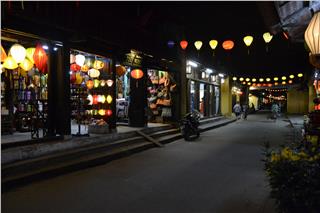 Hoi An travel to New Moon Festival 7231 viewed
Hoi An travel to New Moon Festival 7231 viewed -
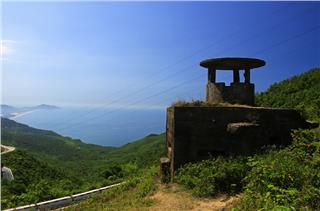 Vietnam War bunker near Da Nang 6705 viewed
Vietnam War bunker near Da Nang 6705 viewed -
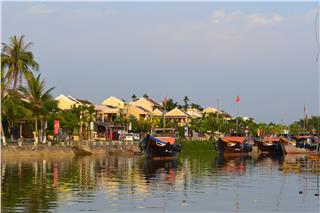 Ancientness of Hoi An ancient town 6618 viewed
Ancientness of Hoi An ancient town 6618 viewed -
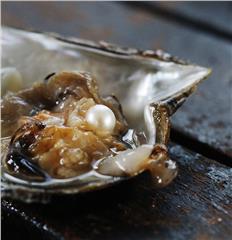 Discovering pearl in Phu Quoc Island 6123 viewed
Discovering pearl in Phu Quoc Island 6123 viewed -
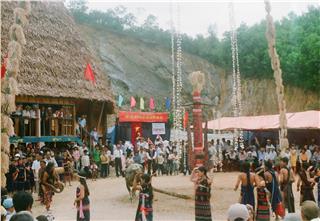 Discovering the Co Tu village in Quang Nam 5980 viewed
Discovering the Co Tu village in Quang Nam 5980 viewed -
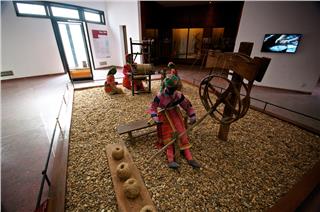 Cultural identity of ethnic groups in Vietnam Museum of Ethnology 5941 viewed
Cultural identity of ethnic groups in Vietnam Museum of Ethnology 5941 viewed -
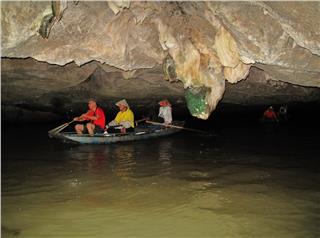 Visit Trang An complex in Ninh Binh 5844 viewed
Visit Trang An complex in Ninh Binh 5844 viewed -
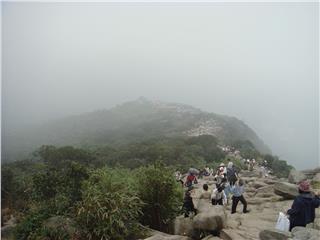 Yen Tu Pagoda and records of Vietnam 5813 viewed
Yen Tu Pagoda and records of Vietnam 5813 viewed -
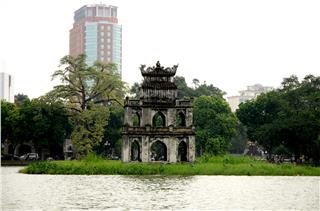 Hanoi Vietnam to Hoan Kiem Lake 5684 viewed
Hanoi Vietnam to Hoan Kiem Lake 5684 viewed
As being UNESCO world biosphere reserve, Cham Island are well-known tourist destinations in the central region. The island has year-round cool climate, rich flora and fauna, particularly marine resources and nests.
About 18 kilometers from Cua Dai Beach, Hoi An to the East Sea, the Cham Island constitude 8 small islands, namely Hon Lao island, Hon Lui island, Hon Dai island, Hon Kho island, Hon La island, Hon Tai island and Hon Nom island. On the Cu Lao Cham Island, there are fishing villages and beautiful beaches. In the sea, there are stone cliffs and colorful coral reefs, creating fanciful gardens in the underwater world with thousands of fish and tropical aqua products. The fauna and flora system on the islands is diverse. In particular this is the home to the swiftlets and various kinds of wild animals. Here, you can visit Bai Lang, the main beach of the Cham Island, with the beautiful bay and many ships of different sizes and hospitable fishermen. Especially, most of Bai Tu Long beach is occupied by the understanding primeval forests.
On Cu Lao Cham, there are various historical relic sites carrying typical features of Champa culture. However, local people and visitors are impressed the most by the ancient well also call Xom Cam well, that was recognized as a national relic site in 2006. The well is located at the crossroad of the concrete paved roads of Cam village. It is about 200 meters from the wharf, so it is easy for us to find it. The position of the well shows its importance to the fishermen on the islands and in the neighboring areas.
There are two Champa wells. One is in Hoi An. The local people take water from the well to make “cao lau”. This well is the source of water for merchants. The Champa well is made of bricks. The upper part has the round shape-the symbol of linga, and the lower part has the square shape – the symbol of yoni. The Champa people follow the cult of fecundity, so all of their works contain yin and yang elements. This is clearly seen in My Son Sanctuary.
As we observe, Xom Com well has the cylindrical shape with the square foundation. The well is 15 square kilometers in area. The diameter of its mouth is about 1.2 meters. The well is made of bricks with the style of “vanh khan”. The depth of the well is 5 meters. However, after a hundred years in use, the well’s foundation has been rebuilt by the local people whereas the wall was built up higher; therefore, its original structure has been changed. Yet, the water remains as pure and full as ever, even in the dry season.
Hai Tang pagoda was built in 1758. It is located in a good position, very close to the foot of the mountain to the west of Hon Lao Island. It leans on the mountain and faces Ba Moc Mountain. The pagoda overlooks the only rice field on the Cham Island. The statue of Bodhisattva is placed in front of the pagoda, overlooking the sea. The pagoda is surrounded by stone walls to prevent python and poisonous snakes. The tree-door gate is 5 meters high, 1.5 meters wide and 6 meters long. It leads to the main worship building. You can see the name of the pagoda here.
Hai means the sea, Tang means a warehouse. Hai Tang is the house for keeping the spiritual life of the local people on the island. The people here often go to the pagoda to burn incense before they begin the sea-faring. There is another idea that Hai means sea, Tang means prayer. The pagoda is the home to sutra. Another says the Buddhist sutra in this pagoda comes from different roads on the sea. We sit by the door and here Thanh say about some unique features of the pagoda.
In any ancient house or pagoda in Hoi An, we can see “mat cua” (the eyes of the door). For the Westerners, eyes are the door to a person’s soul. However, for the Oriental, it speaks out the circle of the Earth. At first, the Earth was in the liquid state, called “thai cuc”. Then it was hardened to become “luong nghi” including yin and yang. However, the Earth at the time did not rotate. To be able to rotate, it needs the impact of 8 elements called bagua. People put yin and yang into the “mat cua” so that it can see the good to follow and the bad to avoid. To know a good or bad person let that person stand below 6 lotus petals. If you worship the “mat cua” keep in your mind that the eye always follows what you do outside. When you return home, it checks whether you deserves to enter the scared space of your house or not. Any house has a threshold. When you close the door, it does not go inside the house. Or when you sweep the floor, you must stop at the threshold. If you continue sweeping, the broom will clash the threshold, causing dust. So, the threshold limits the wrong actions of the people in the house. Another thing is that anyone must lower their head when entering the house to avoid stumbling and falling. Lowering the head is also the politeness of the guest when entering the house.
Only hearing this story can we understand how the ancestors taught their children to lead a good life and behave politely. The pillars of the pagoda are said to be moved from the North. They were used to make a pagoda in the South. However, when the delegation came to the Cham Island, it got dark and they stayed here a night. In the next morning, they continued their trip. However, due to the strong waves, they could not go far from the island. Then a person worshipped the Buddha and knew that the wood must be left on the Cham Island. Then a pagoda was built here. The pagoda is not large but airy. In the main worship house is the altar of Buddha.
There are three religions present at this pagoda: Buddhism, Taoism and Confucianism. People come here to burn incense to the Buddha or commemorate their parents or grandparents. The local people follow poly theism. People always feel small in the sea and fear invisible forces that are the deities in their spiritual life. The pagoda has a bell that is carved with the image of a dragon of the style of the early years of the beginning of the Le Dynasty. The bell may be made before the pagoda was built. There is no monk at the pagoda. It is managed by one old couple. They look after the pagoda and receive visitors.
It takes 20 minutes to reach Bai Huong beach where the ancient temple is located. Entering the temple, we feel the sacred atmosphere. At the large yard stands a screen. Inside is the worship space. The temple was completed in early 19th century to worship the ancestor of the bird’s nest exploiting craft and the river and sea deities. On the wall is a stele recording the merits of the people and praising the majestic beauty of the mountain on the Cham Islands. The craft of bird’s nest processing on the Cham Island appeared in the ancient Champa period. It thrived in the Nguyen Dynasty. And the local people have a legend about this craft.
The legend has it that a couple went fishing and hit by the wave to the island. When they ran out of food, the husband looked for bird’s nest to eat. He felt better after eating it. Then he find bird’s nest. That’s legend. In 1806, under the reign of King Gia Long, the first team looking for bird’s nest was established with Ho Van Hoa in charge. Then he was conferred a title “Ancestor of bird’s nest exploiting craft”. Every year on lunar March 7, the local people hold a ceremony to mark his death anniversary at this temple.
Leaving the temple, we go deeper into Bai Huong fishing village. About 100 households live here on catching fish. It is now at noon. The atmosphere on the island is so peaceful. Some household are having a nap. Some are mending the net and fishing tools. We drop into a fisherman’s house nearby. After a long conversation, he shows me an album with many photos of the activities of the local people. He says these photos are taken by foreign visitors. It is strange as on this island, there is a string of love connecting the people of different sides of the Earth. And it seems everyone when coming here wants to bring home a little taste of the life here. The local people live a simple and happy life with their daily activities, birds singing, photos and stories. They never think about what to do tomorrow. When they wake up, they don’t face the noise, the hustle and bustle of life. The life here is so simple and always full of laughter.
We return to Bai Lang beach to take part in interesting activities here. Change the clothes; wear a life jacket and a diving mask. Then you jump into the sea and contemplate colorful coral reefs. However, not everyone is brave enough to jump into the sea. After diving to contemplate coral reefs, you can go to a market near Bai Lang beach to buy gifts or enjoy seafood right on the beach. These activities help the local people to have more income to buy necessary things. Sea urchin is a special dish here. It is delicious and nutritious. In the past, “it” cake was made on festive occasions only. Then it has become famous for its great taste and fragrance. It attracts visitors when they come here.
Many places have lost their original beauty and lifestyle. However the Cham Island has not. Everything is still as primitive as it was. The more visitors come here, the happier the life here is. The tranquility rules the island with the simple and genial islanders.
Source: VTC10 - NETVIET
- Tags:
- Cu Lao Cham
- Cu Lao Cham Island
- hoi an
- Cham Island
- Cham Islands
- Champa culture
- pagoda in Hoi An

